Croatia has emerged as one of Europe’s most captivating destinations, with its stunning coastline, ancient cities, and natural wonders drawing visitors from around the globe. While some might assume this Mediterranean gem comes with a hefty price tag, Croatia offers numerous affordable adventures for travelers watching their wallets.
The country’s blend of history, nature, and culture provides endless opportunities to experience its magic without breaking the bank. Here is a list of 20 budget-friendly experiences in Croatia that deliver maximum enjoyment at minimal cost.
Plitvice Lakes National Park
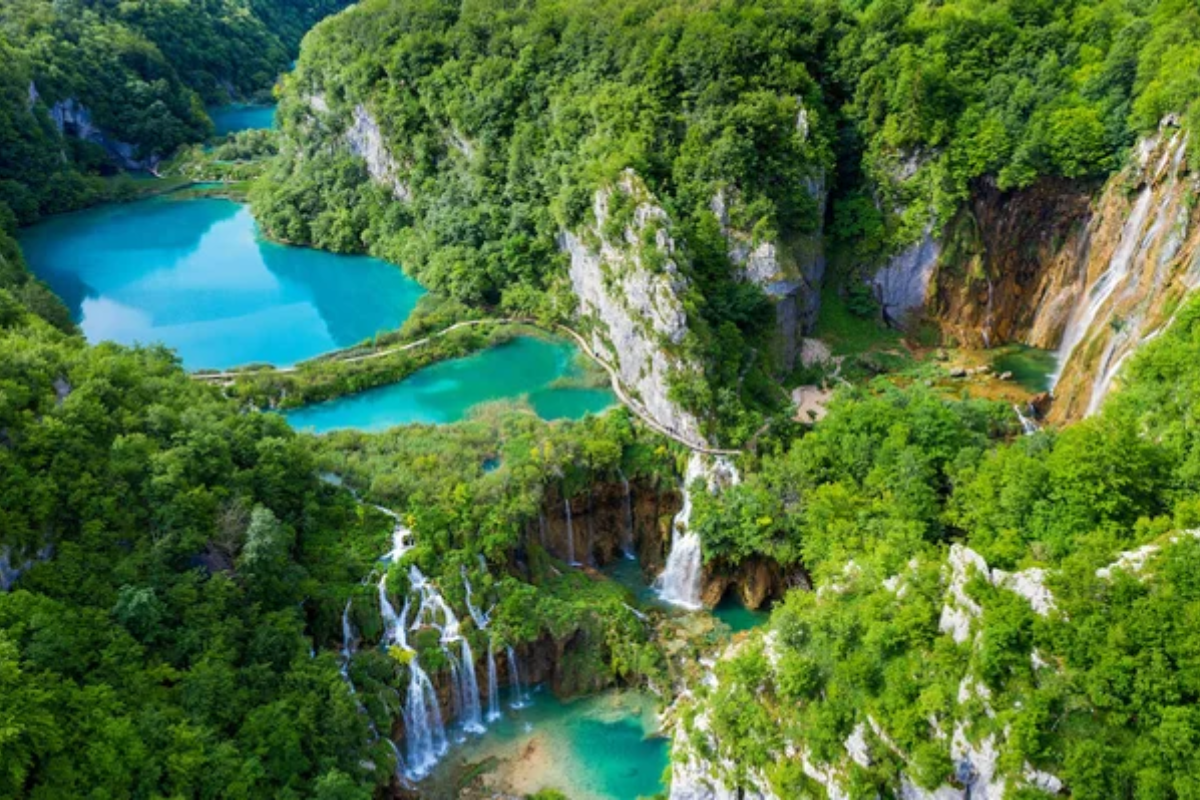
This UNESCO World Heritage Site features a stunning network of 16 terraced lakes connected by waterfalls and walkways. The entrance fee varies by season but remains reasonable compared to similar natural attractions elsewhere in Europe.
Visitors can easily spend an entire day exploring the wooden footbridges and enjoying the mesmerizing turquoise waters that change color throughout the day like a natural mood ring.
Split’s Diocletian’s Palace
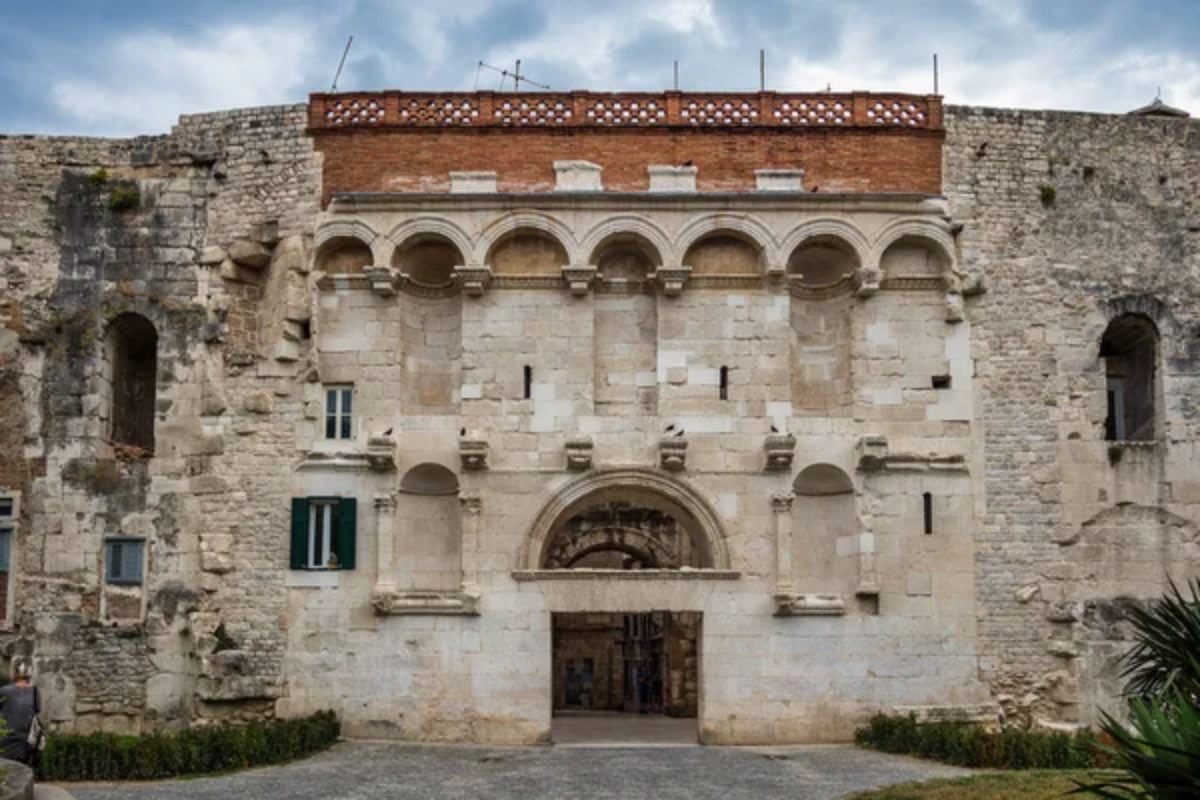
Walking through this ancient Roman complex costs nothing yet delivers an extraordinary journey through time. The sprawling palace forms the core of Split’s old town, where modern cafes and shops occupy spaces built nearly 1,700 years ago.
The stone walls whisper stories of emperors and commoners who walked these same paths throughout the centuries.
Like Travel Pug’s content? Follow us on MSN.
Rovinj Old Tow
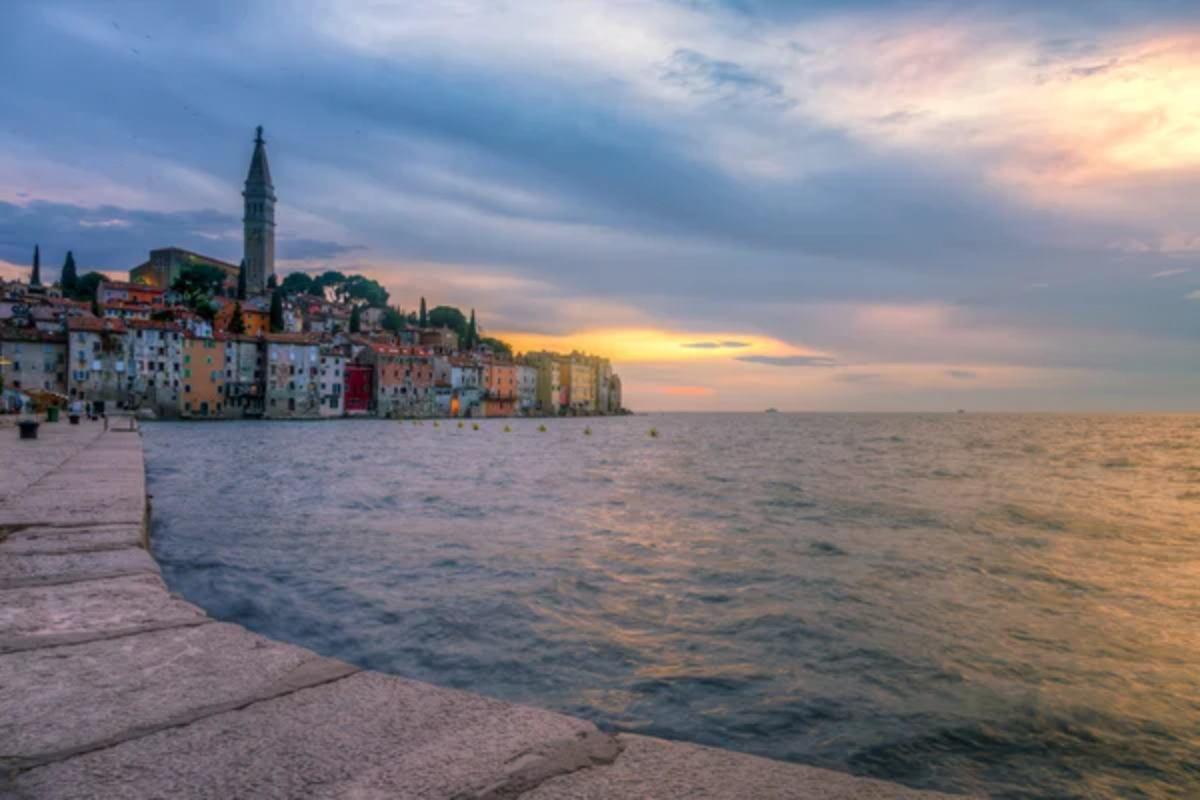
This Istrian fishing village feels like stepping into a postcard with its colorful buildings and cobblestone streets. Wandering through the narrow passages and discovering hidden corners requires no admission fee, just comfortable shoes and curiosity.
The Church of St. Euphemia offers panoramic views of the sparkling Adriatic for just a small donation.
Zagreb’s Museum of Broken Relationships
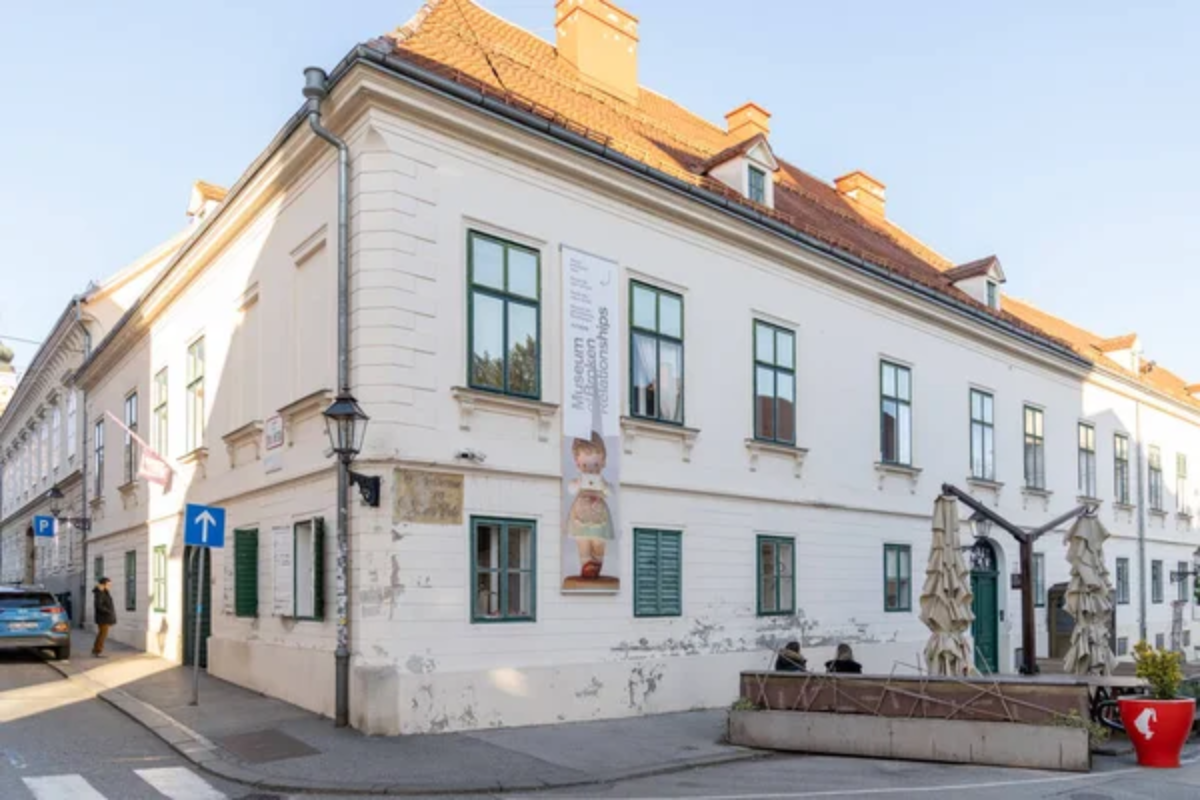
Visitors can explore this uniquely Croatian cultural institution, which is heartbreaking and oddly uplifting, for just a few dollars. The museum showcases personal objects donated by people worldwide, each representing a relationship that ended.
Each item tells a poignant human story that resonates regardless of language or cultural barriers.
Dubrovnik City Walls at Sunset
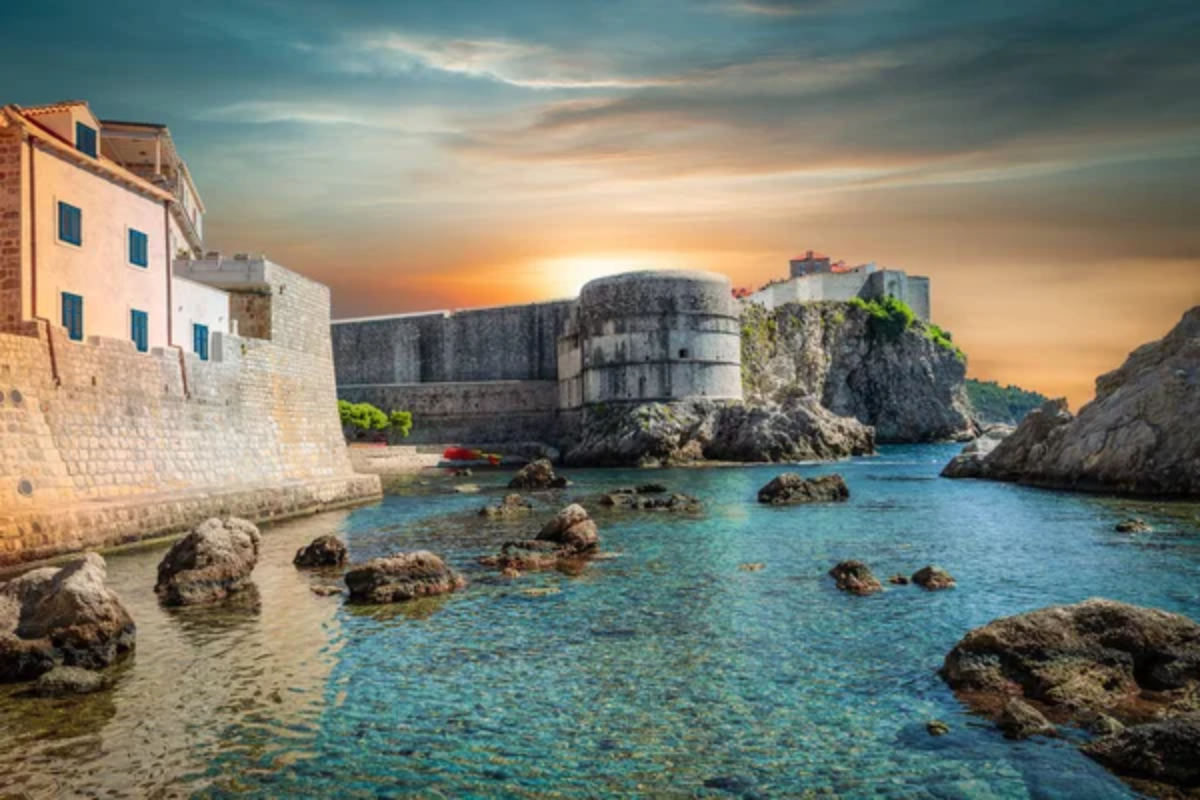
While Dubrovnik has become more expensive due to its Game of Thrones fame, visiting the city walls late in the day offers both reduced prices and magical golden light. The 1.2-mile circuit provides constantly changing perspectives of the terracotta rooftops and azure sea.
The evening light transforms the limestone into a warm glow that photographers chase but rarely capture perfectly.
Like Travel Pug’s content? Follow us on MSN.
Zadar’s Sea Organ

This architectural sound art installation uses wave action to create hauntingly beautiful music through pipes built into the seafront steps. Completely free to enjoy, the Sea Organ transforms natural forces into an ever-changing symphony.
Nearby, the Sun Salutation light installation captures solar energy during the day and releases it in a mesmerizing light show after dark.
Krka National Park Swimming
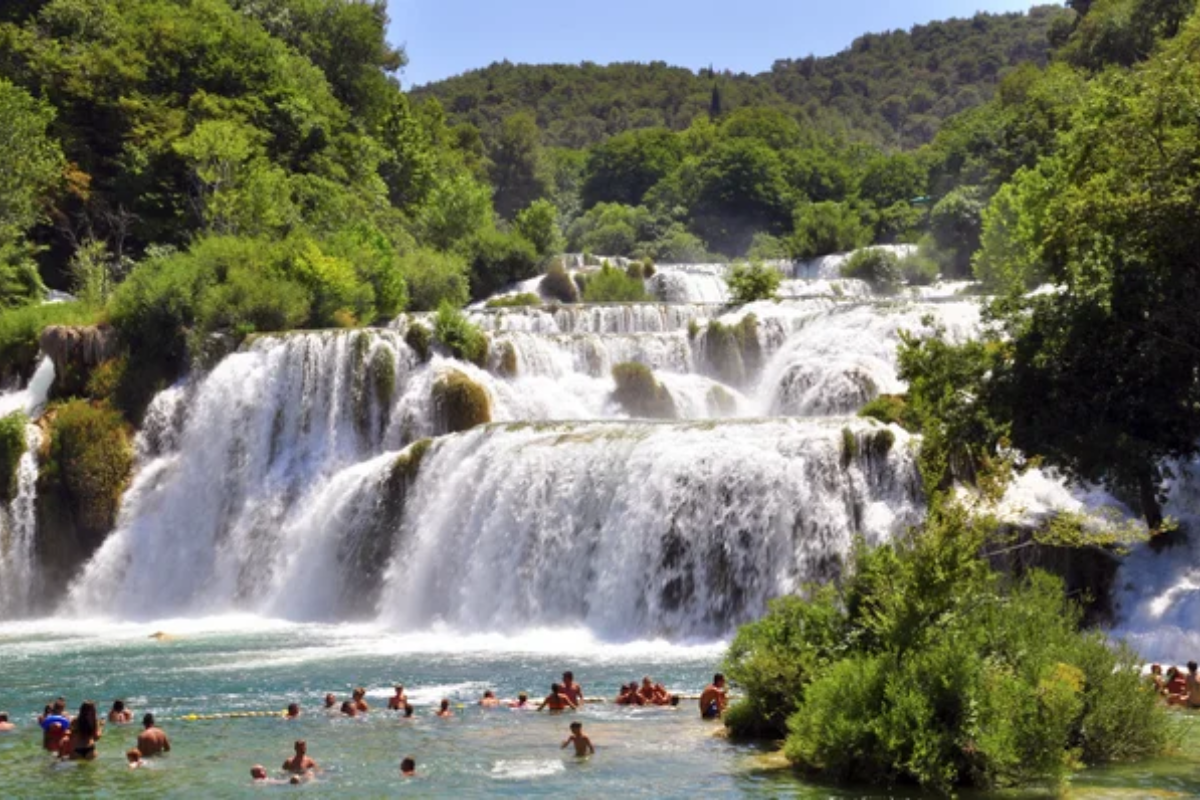
Unlike Plitvice, Krka National Park allows visitors to swim beneath its magnificent waterfalls during the summer months. The entry fee gives access to wooden pathways similar to Plitvice but with the bonus of an unforgettable dip in crystal-clear pools.
The refreshing water provides welcome relief from the Mediterranean heat while surrounded by lush greenery.
Korčula Town Exploration

This walled medieval town claims to be Marco Polo’s birthplace and charms visitors with its herringbone street pattern designed to reduce wind effects. The compact old town can be thoroughly explored in a couple of hours without spending a cent.
Local musicians often perform traditional sword dances in the summer, adding a layer of cultural enrichment to your visit.
Like Travel Pug’s content? Follow us on MSN.
Vis Island Beaches
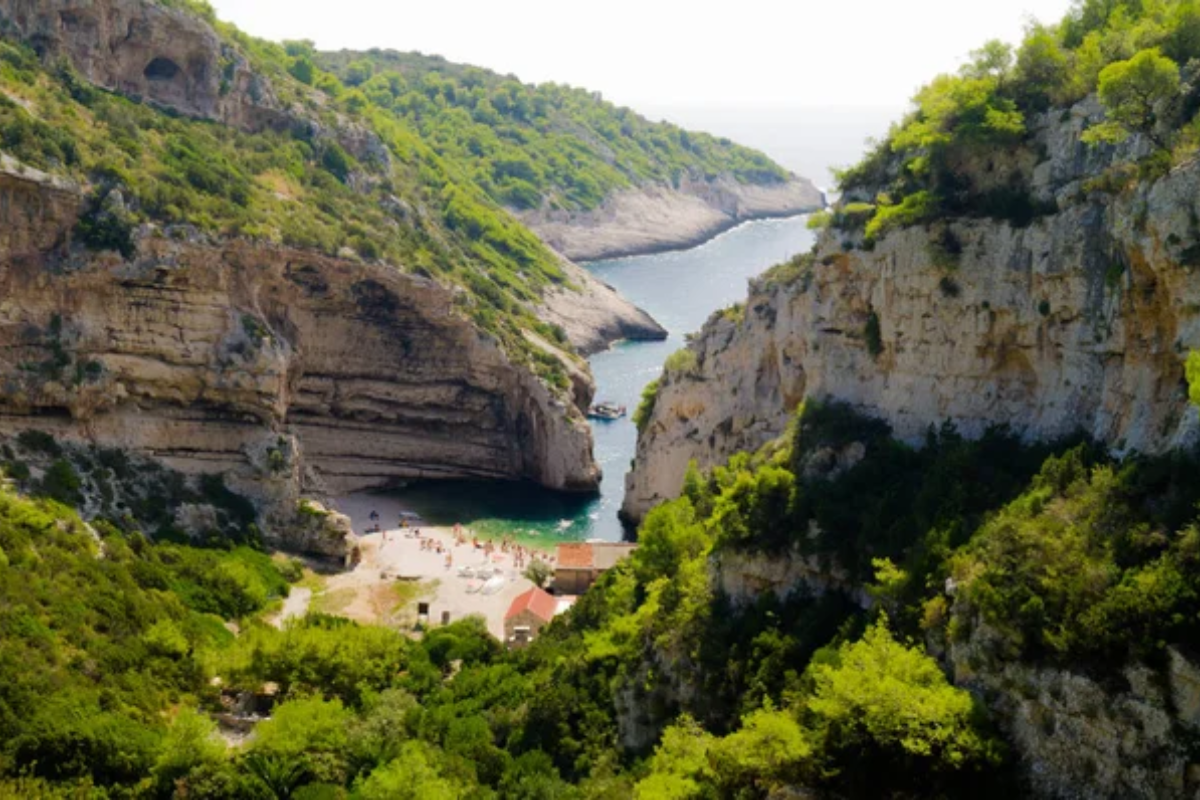
This remote island remained closed to foreigners until 1989 as a military base, preserving its authentic character and pristine beaches. Stiniva Beach, with its narrow entrance to a hidden cove, offers postcard perfection without entrance fees.
The island’s isolation has protected it from overdevelopment, creating a time-capsule effect that many more popular destinations lost decades ago.
Hvar Lavender Fields
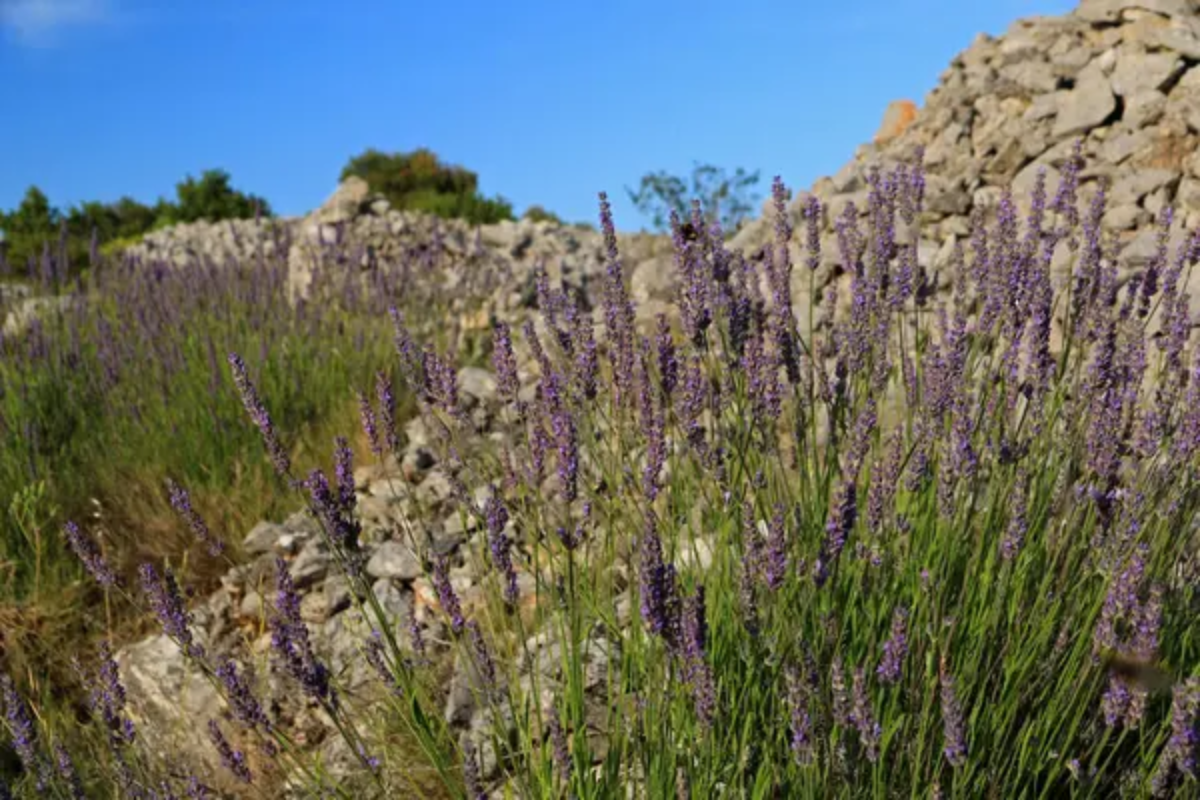
The island of Hvar has been producing lavender for centuries, and walking through its fragrant fields costs nothing but yields priceless sensory memories. The purple landscapes peak in June and July, creating a visual and aromatic experience that rivals the famous fields of Provence.
Local farmers often sell affordable lavender products that make perfect souvenirs.
Motovun Forest Truffle Hunting
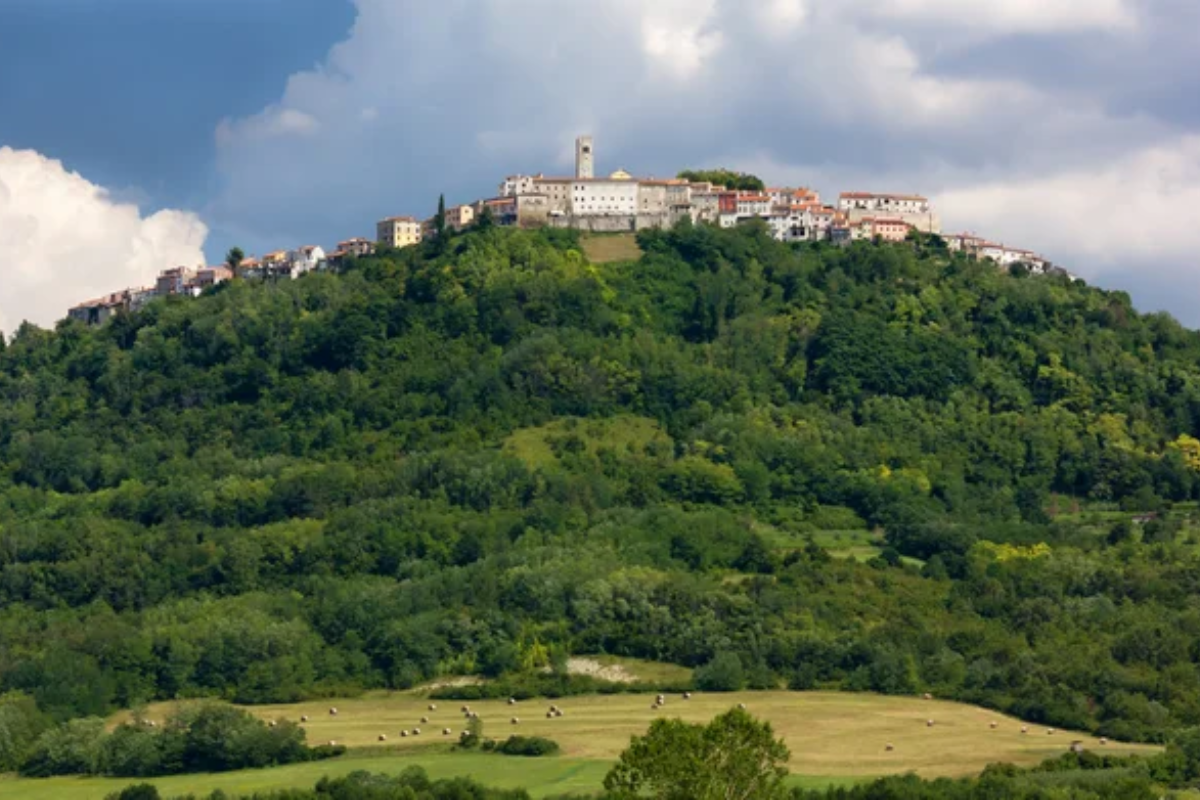
While professional truffle experiences can be expensive, budget travelers can hike through the forests around Motovun where these gastronomic treasures grow. The woodland trails are free to access, and small family restaurants offer affordable truffle dishes that would cost triple elsewhere in Europe.
The earthy aroma of freshly shaved truffles over pasta creates a gourmet experience that feels indulgent without the high price tag.
Like Travel Pug’s content? Follow us on MSN.
Trogir Historical Center
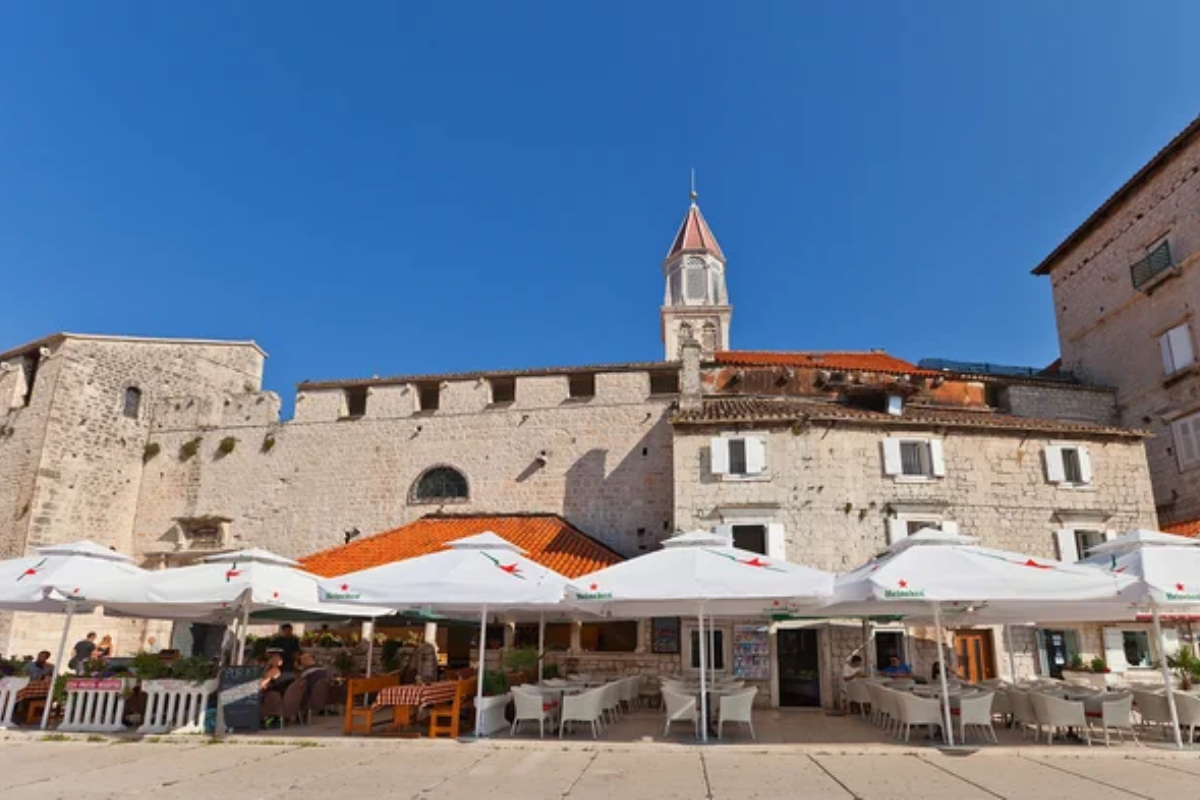
This small island town, which is connected to the mainland by bridges, packs remarkable historical density into a walkable area. The UNESCO-protected medieval core features Venetian architecture and narrow alleys that transport visitors centuries back.
The Cathedral of St. Lawrence showcases remarkable craftsmanship, particularly in the intricate portal carved by Master Radovan in 1240.
Rastoke Watermill Village
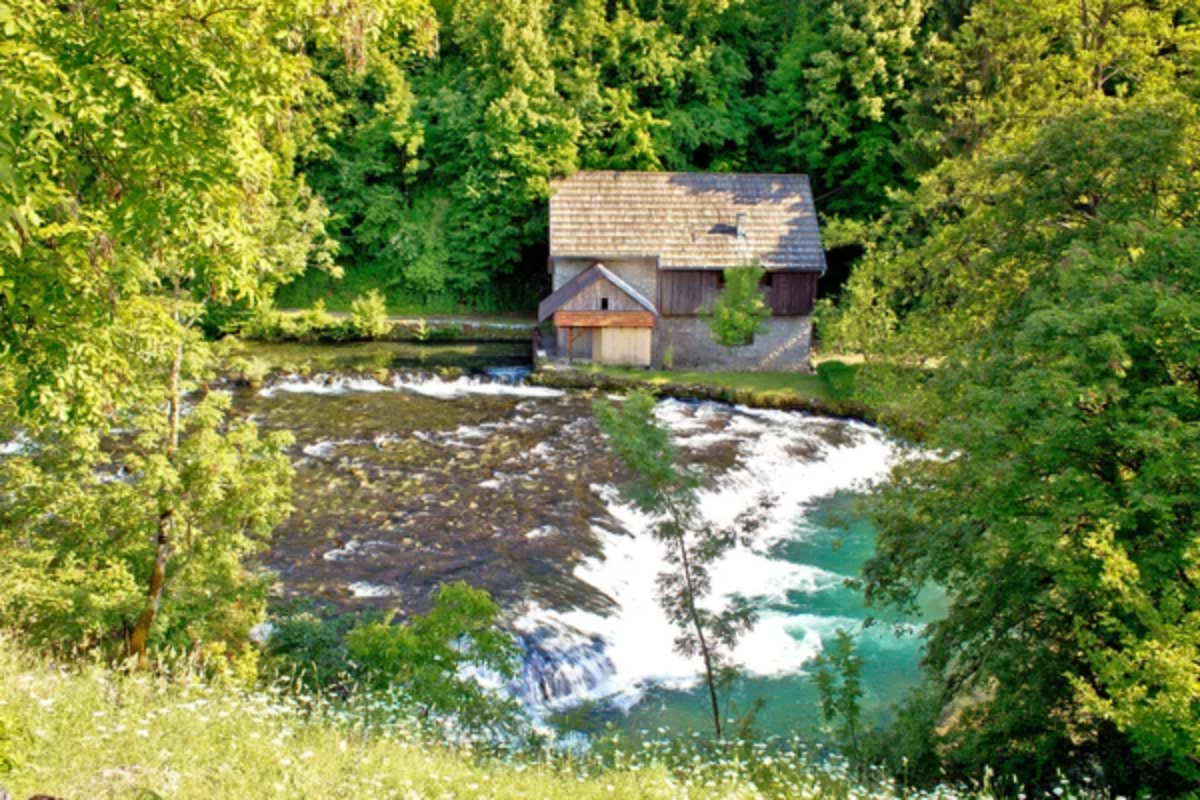
Often overlooked in favor of more famous destinations, this village, where the Slunjčica River joins the Korana, creates a magical landscape of waterfalls flowing beneath and around historic buildings. The humble mills once powered local industry and now form a picturesque setting that feels like a fairy tale come to life.
The sound of rushing water follows visitors through the entire village, creating a soothing natural soundtrack.
Pelješac Peninsula Wine Tasting

Croatia’s second-longest peninsula produces exceptional wines, particularly the robust red Dingač, at prices that would make Napa Valley visitors weep with envy. Small family wineries often offer tastings for minimal fees or waive them entirely with purchase.
The vineyards cling dramatically to steep slopes facing the Adriatic, creating excellent growing conditions and spectacular views.
Like Travel Pug’s content? Follow us on MSN.
Mljet National Park Cycling
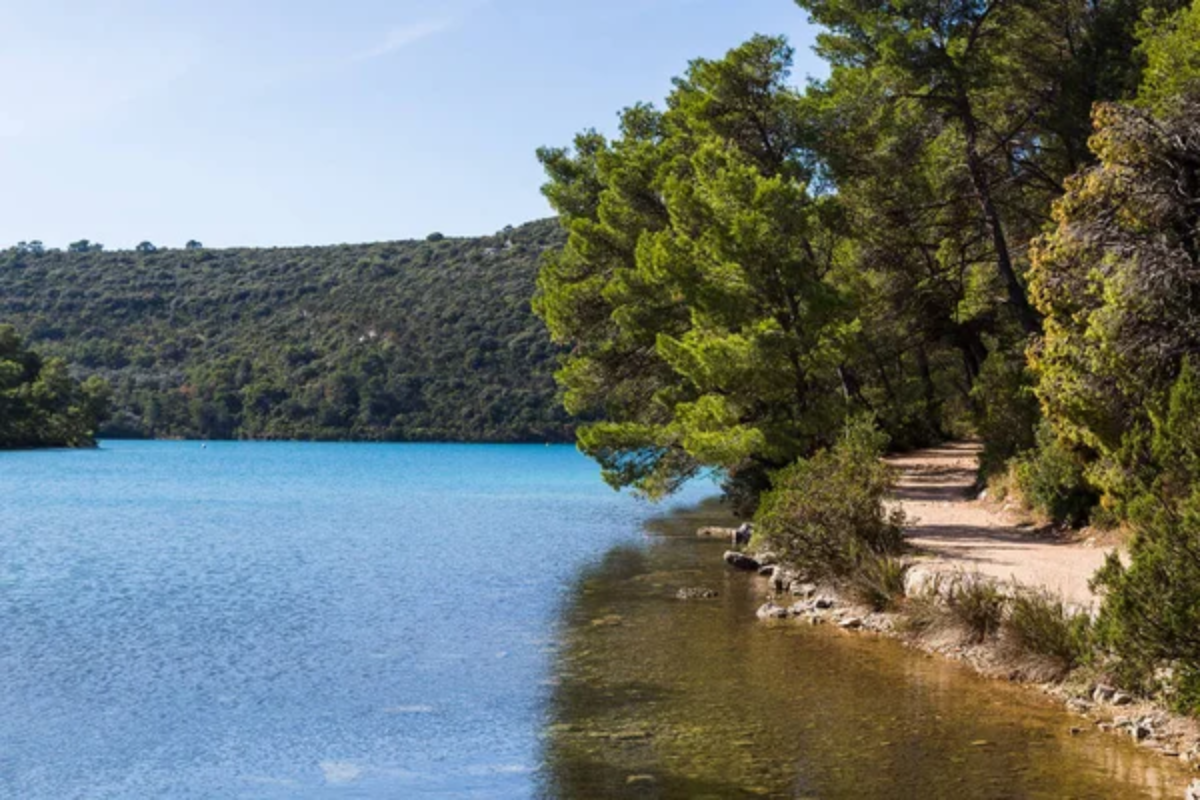
Renting a bicycle is an affordable way to explore this island paradise, where, according to legend, Odysseus remained enchanted for seven years. The flat trails circle saltwater lakes and a Benedictine monastery on a small inner island.
Pine forests provide welcome shade during summer, and their aromatic scent intensifies in the Mediterranean heat.
Šibenik’s St. James Cathedral
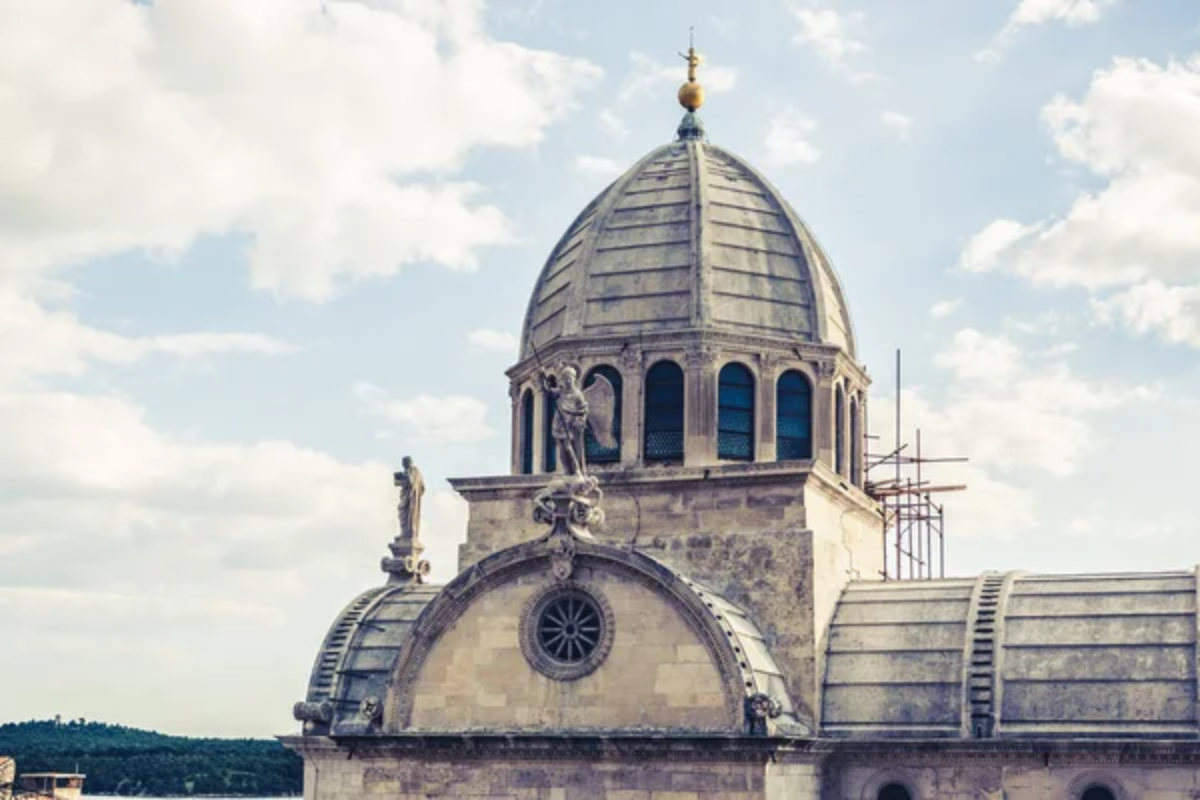
This UNESCO World Heritage site represents Croatia’s most important Renaissance building, yet charges a modest entrance fee. The cathedral’s most distinctive feature is its barrel-shaped stone roof constructed entirely of interlocking stone slabs without mortar.
The 71 sculpted faces surrounding the exterior depict ordinary citizens from the 15th century, creating a time capsule of everyday people.
Pula Amphitheatre Sunset
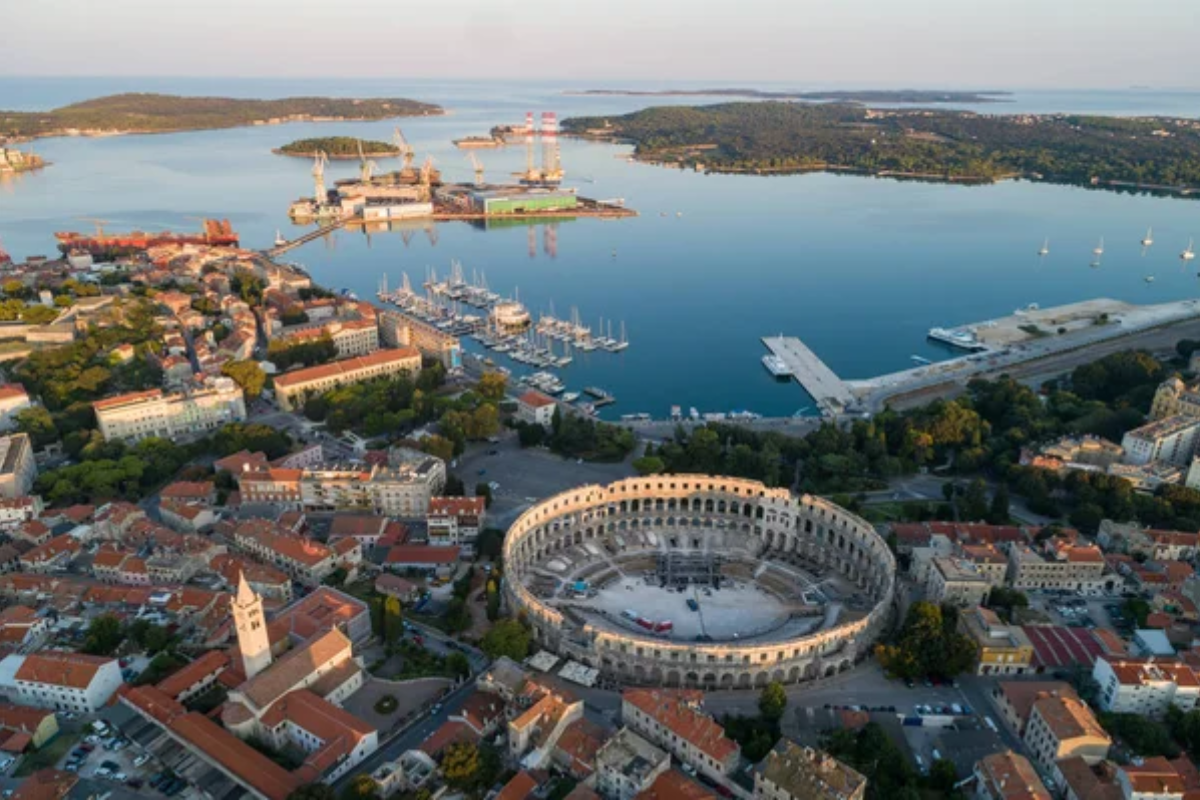
While entering this remarkably preserved Roman arena costs a small fee during regular hours, its exterior can be appreciated freely at any time. The structure appears magical during sunset when golden light filters through the ancient arches.
The amphitheater once hosted gladiatorial contests for up to 20,000 spectators and now serves as an atmospheric concert venue during the summer.
Like Travel Pug’s content? Follow us on MSN.
Kopački Rit Nature Park
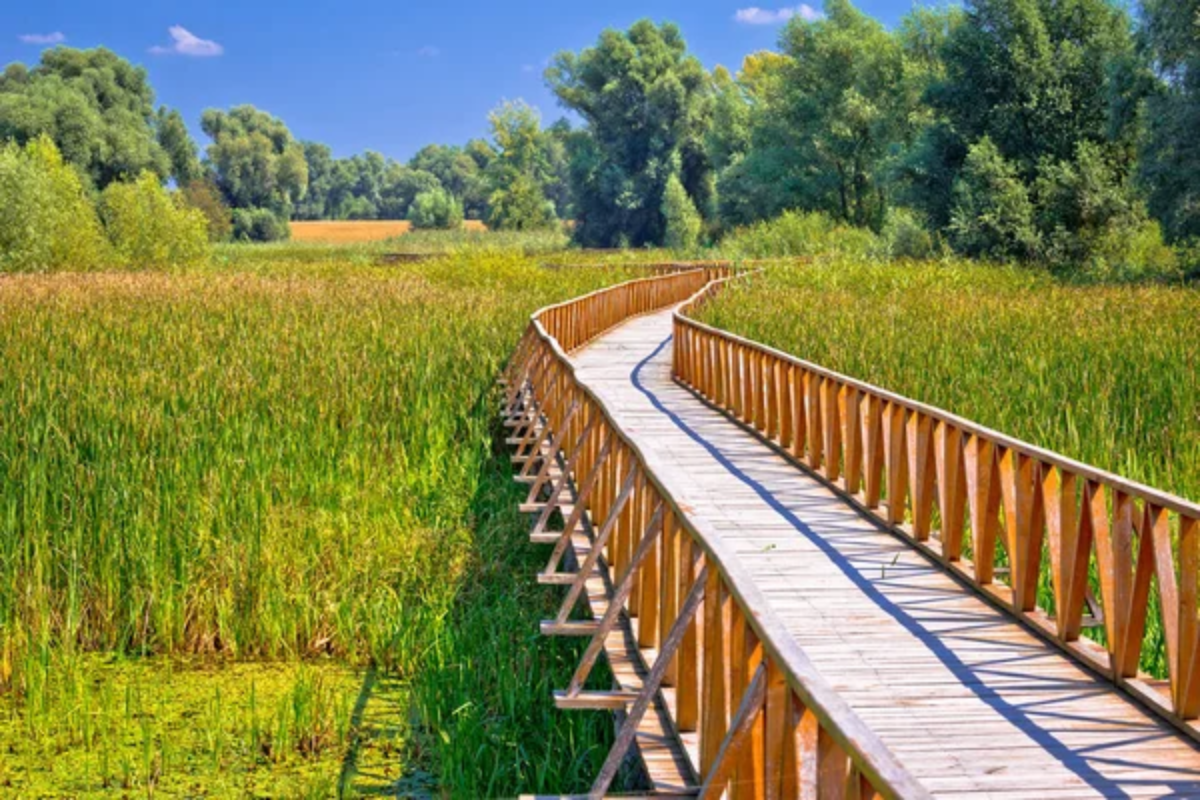
This wetland, where the Drava River meets the Danube, forms one of Europe’s largest natural floodplains and remains surprisingly affordable. The park teems with birds and wildlife best observed from wooden boardwalks extending into the marshes.
Early morning visits increase chances of spotting deer, wild boar, and numerous bird species going about their daily routines undisturbed.
Varaždin Baroque Architecture
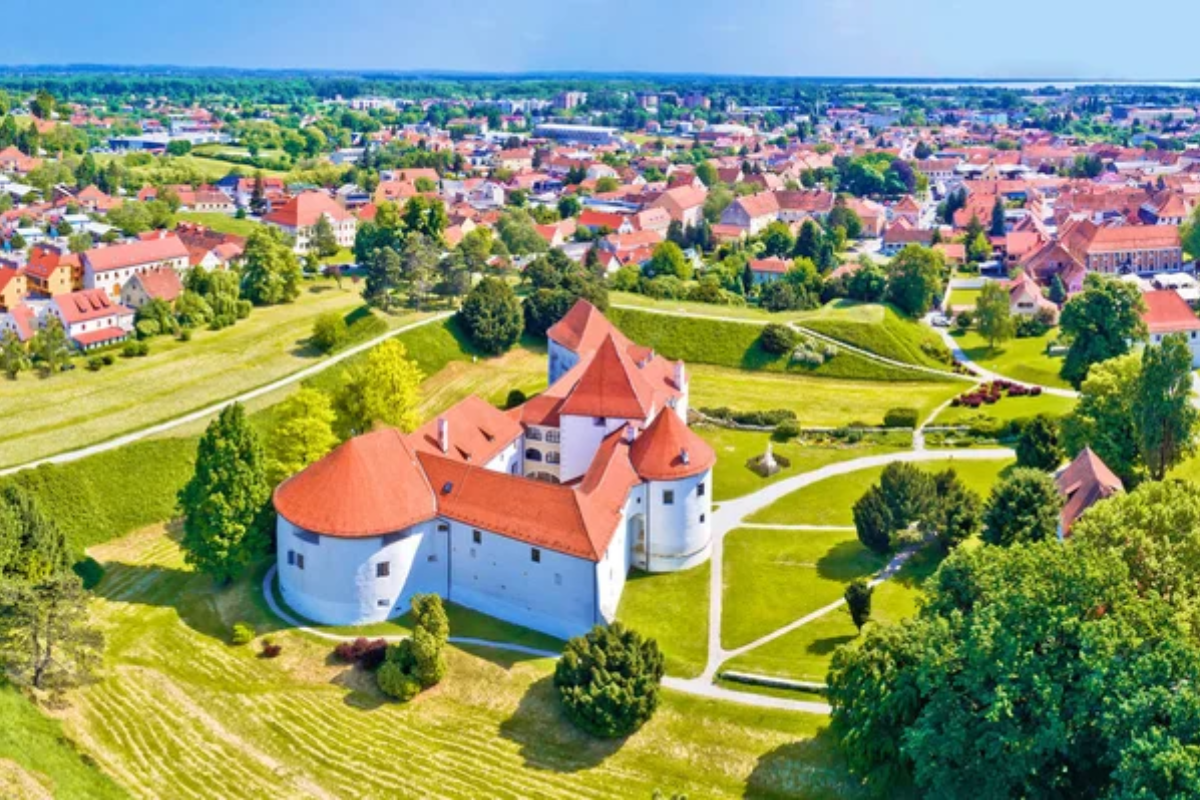
Often called ‘Little Vienna’ for its elegant buildings, Croatia’s former capital offers free architectural splendor around every corner. The compact historical center showcases perfectly preserved baroque facades painted in pastel colors that feel dignified and playful.
The city cemetery, designed as a garden park, provides a surprisingly peaceful and contemplative space, unlike typical graveyards.
Ston’s Great Wall
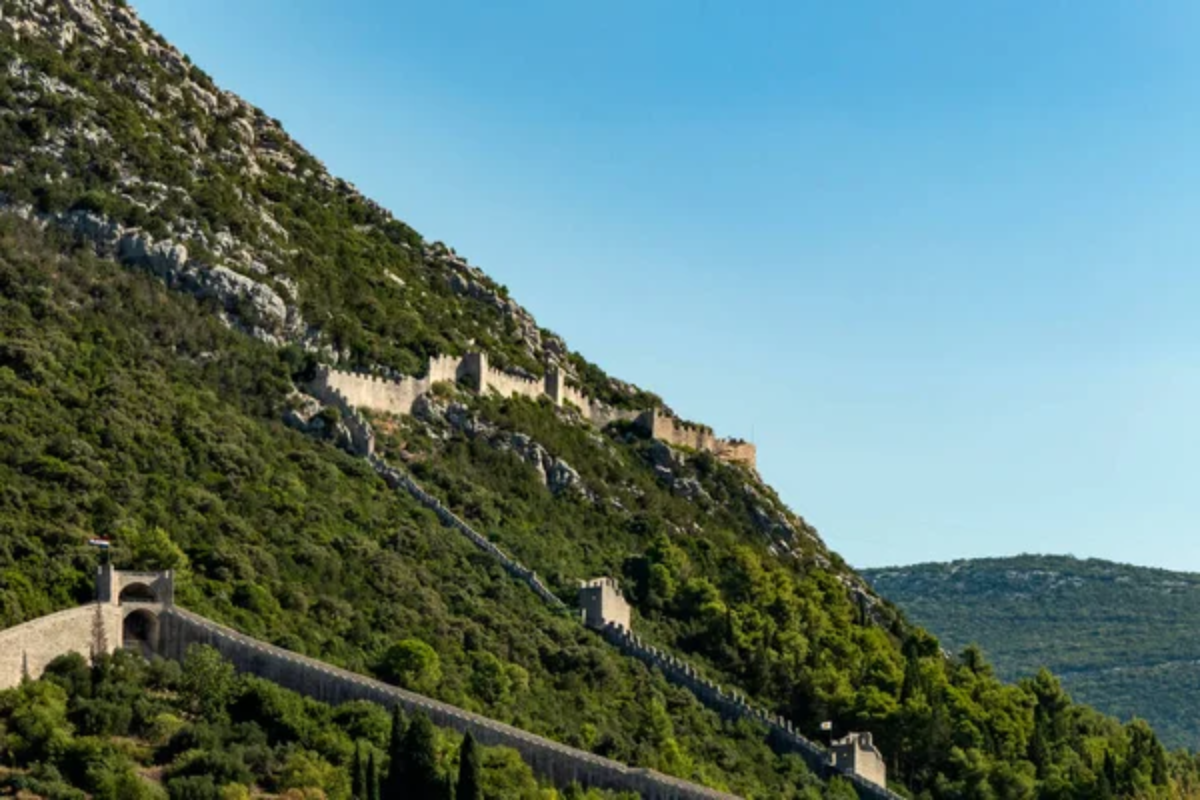
This 4.3-mile stone fortification, the longest in Europe, originally protected valuable salt pans that brought wealth to the Republic of Ragusa. The modest entrance fee grants access to impressive defensive towers and panoramic views of oyster farms and the surrounding countryside.
Built in the 14th and 15th centuries, the wall required massive engineering efforts that reflect just how valuable salt was in medieval times.
Like Travel Pug’s content? Follow us on MSN.
Croatia’s Enduring Value
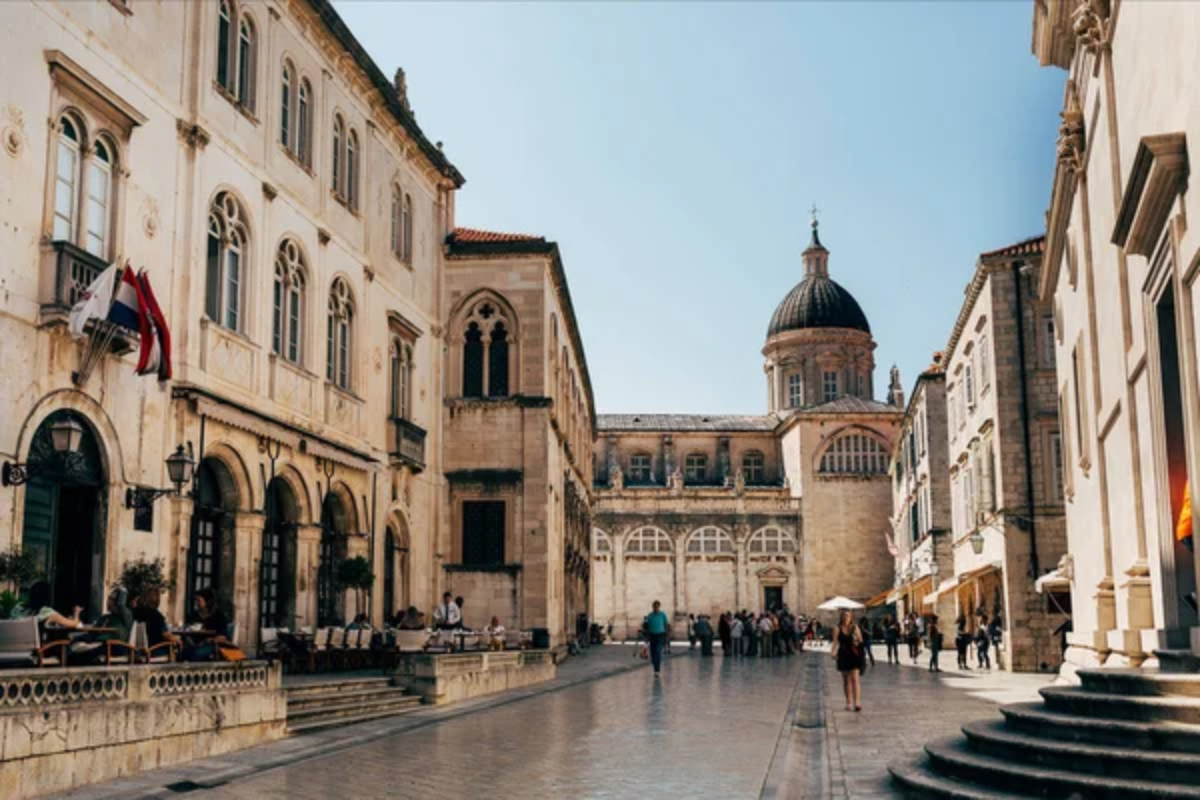
From ancient Roman ruins to unspoiled islands, Croatia manages to balance growing tourism with authentic experiences that remain remarkably affordable. The country’s diverse attractions span thousands of years of human history alongside natural wonders shaped over geological ages.
While prices have increased since Croatia joined the European Union, savvy travelers who venture beyond the most famous spots continue to find exceptional value in this Adriatic paradise.
More from Travel Pug

- Cities Growing so Fast You Won’t Recognize Them in 10 Years
- 13 Destinations Where Tourists Regularly Regret Their Trip
- 16 U.S. Cities That Are Quietly Becoming Travel Hotspots
- Where to Travel If You Love Long Bus Rides and Daydreams
- 20 Cities Perfect for Solo Travelers Who Crave Adventure & Culture
Like Travel Pug’s content? Follow us on MSN.
